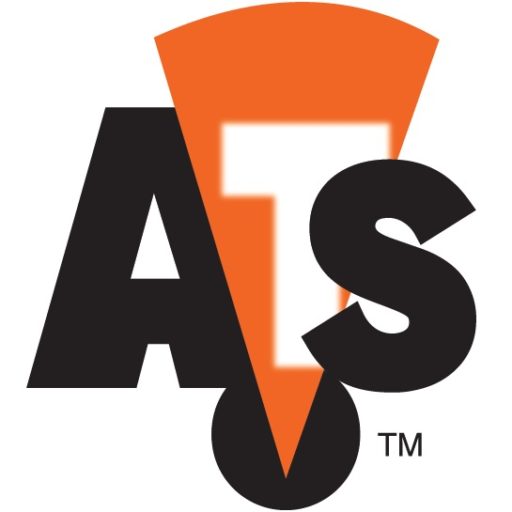When you think of potential applications of ultrasound technology in your facility, finding gas and air leaks probably come to mind. But ultrasound is also useful for the inspection of high and medium voltage equipment. In fact, it is often superior to infrared technology for this purpose.
Ultrasonic inspection can be used to look for electrical discharge (arcing) and partial discharge (tracking and destructive corona). Each of these faults generates a distinct ultrasonic signature that can be heard using an ultrasonic probe and viewed in time-based and spectra plots via software.
Infrared thermography won’t identify all of these issues because discharge and partial discharge events do not generate radiated heat—which is what IR cameras detect.
In addition, IR cameras need a direct line of sight to find a problem. In contrast, ultrasonic inspection can be done without removing covers or guarding on electrical equipment by scanning through vents, openings, and seams. A contact sensor can also be used on cabinets that do not let air or potential ultrasounds escape. It’s a low energy technology (attenuating over distance) and highly directional, meaning it can be used to find and pinpoint a problem.
Once ultrasonic inspection has located problems, those faults can be prioritized for correction based on amplitudes or decibels detected. The application of the technology covers a broad collection of equipment including:
- Transformers
- Bushing
- Substations
- Switchgears
- Relays
- Overhead transmission and distribution lines
- Junction boxes
- Circuit breakers
- Buss bars
- Insulators
- Capacitors
- Terminations and connections
ATS, Inc. can help you make ultrasonic inspection part of your predictive maintenance program, ensuring that your high and medium voltage equipment is optimized at all times.




0 Comments